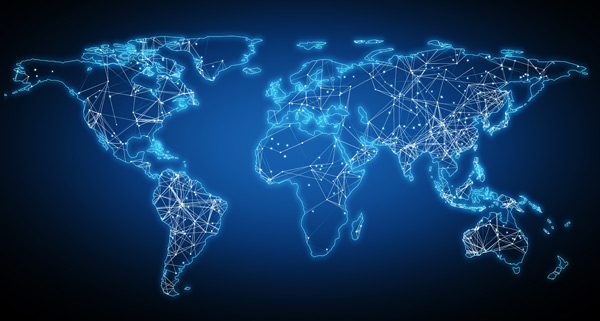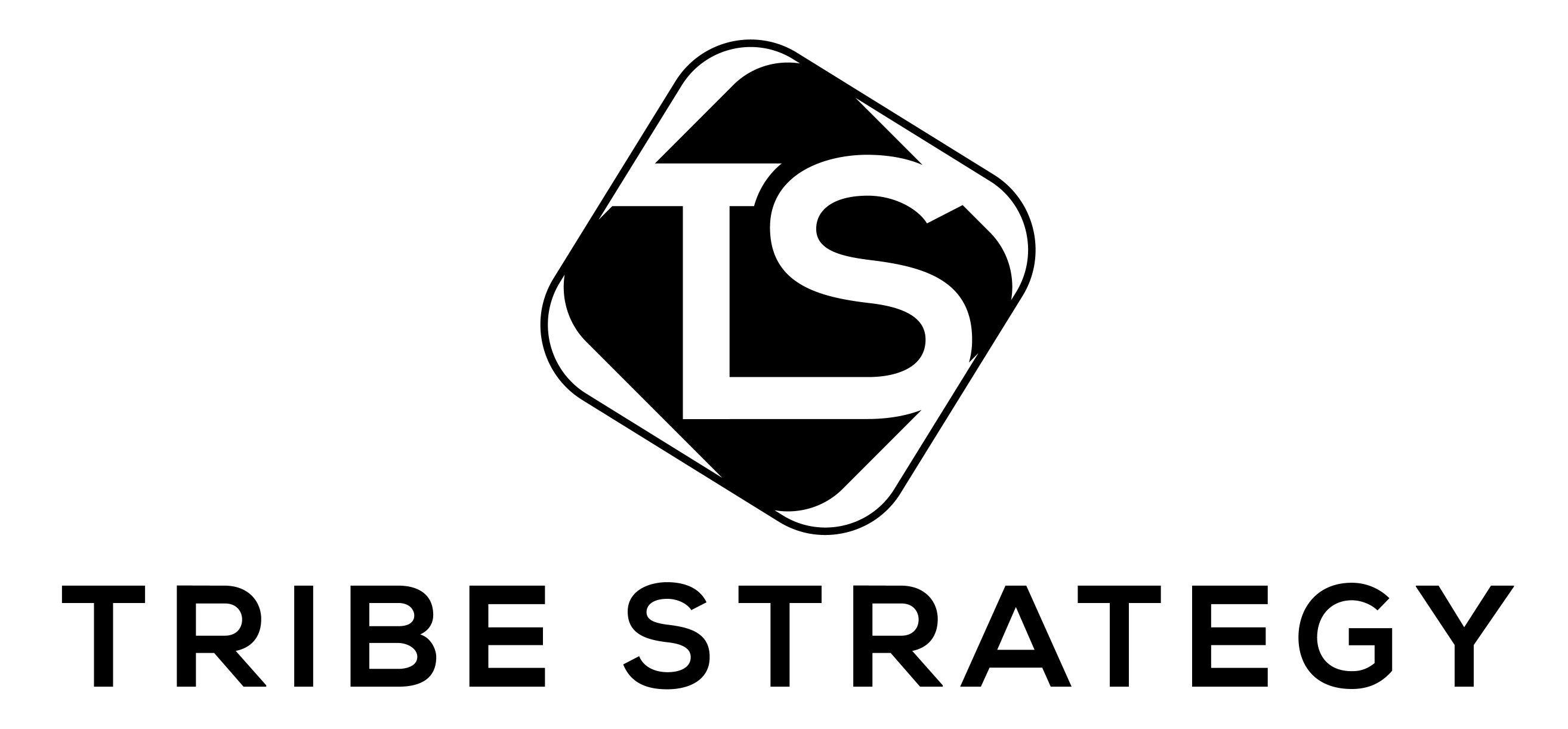The sun never sets on technology. It is everpresent, from Twitter to Netflix. It never stops. It’s always there for us, 24/7, and we expect it to be there for us 24/7, rain or shine, hell or high water in sickness and in health. We depend on our software tremendously. It’s such an integral part of our lives that it’s difficult for many of us, especially Millenials, to envision one day without our technology of some sort. This omnipresence of technology further scales in business environments, from Salesforce to Microsoft Teams.

Not only is technology always there, but it is everywhere geographically as well, which by default, creates global organizations, whether that is part of the charter or not. The internet has enhanced an organization’s ability to leverage resources from around the world, from Canada to the Philippines, from Silicon Valley to Bangalore, from Texas to Tokyo. It’s not uncommon for Enterprise organizations to offer 24/7 support, representation in multiple countries, and engagement with customers in various languages. Although not all organizations have offices internationally (outside of their home country), global customers eventually come with the territory, especially for fast-growing SaaS companies.
How does a Customer Success Manager manage in this global environment? We’ll dive into what that looks like and how Customer Success teams work against technology’s aggressive tide in an ever-increasingly flat world. This conversation revolves around customer success in a world that never sleeps. If you are a Customer Success Manager that is working with a global team, either internally or externally, here are a few key points that will help you navigate this arena:
Research Business Customs & Traditions
Take the time to understand colleagues’ business customs and contacts in the country or region you will be working with. It goes a long way to demonstrate respect for traditions. Most of the world adjusts to Western or U.S. customs, but a Customer Success Manager can gain equity by taking half an hour to research small things for doing business in those countries. According to CapRelo, The top three countries where organizations expand globally are Canada, the United Kingdom, and Japan. Here are some examples of small nuances you may not be aware of:
Canada
- Great importance is given to respecting everyone’s opinions. Regardless of rank and status, people expect the right to be heard and listened to.
- Decisions are not usually made until all the facts are at hand. (Source)
As a Customer Success Manager, I once managed an account based in Canada. I recall going to on-site project kickoff meetings, and it was difficult to tell who reported to whom in the room, as everyone had a relatively equal voice. This is something to keep in mind, as in the United States, the power structure is a little more defined and observable, even when not stated.
United Kingdom
- Business and social structures are more hierarchical than in the United States. They are also very respectful of space, so avoid patting people on the back or personal touch.
- Decisions are made from the top-down.
- Gift-giving is not a central part of doing business in the United Kingdom. (Source)
If the United States is more hierarchical than Canada, we must consider the United Kingdom’s hierarchical structures with respect. Furthermore, although the Customer Success community loves “schwag,” gift-giving is not common in the United Kingdom. Also, phrases like “schwag”, which is another U.S.-based colloquial term for company-branded merchandise often used as gifts to internal employees and customers alike, would not be as welcome in the United Kingdom.
Japan
As we go even further east, the cultural shifts become more distinct and pronounced.
- In Japan, being on time equals being late. For this reason, it’s important to always arrive a little early to any business meeting.
- LinkedIn is not very widely used in Japan, so people might ask you to connect via Facebook.
- Decision-making in Japanese companies, usually, is a relatively long process that requires a certain proposal to go through a lot of loops, and pass by a lot of hands before it’s given the “go ahead”
We mention Japan here, as it is the third-largest economy behind the United States and China and growing, so it is not beyond a stretch of the imagination for an organization to establish relationships in the region. Punctuality is key in Japan, so if you’re hosting a meeting with someone from Japan, be mindful of your time.
According to Hootsuite, 27% of Americans are on LinkedIn, that’s 1 in 3, but this isn’t necessarily the case in Japan, so you if you want to establish a connection via social media, it may be via Facebook. Japan also has it’s own social media tools, such as LINE, with more active followings on Twitter and other platforms.
Respect Time Zones
Leverage a world clock when scheduling meetings with counterparts from around the world, and be mindful of time zone differences when scheduling ad hoc or regular meetings. For example, India is 10.5 hours ahead of Eastern Standard Time. For large organizations, India’s resources may adjust their schedules accordingly to be in alignment with U.S. time, but you don’t want to assume. If your point of contact is based in India, you should ask what hours they work on. When working with colleagues in Europe or Africa, you may find that flexing your schedule to 7:00 AM meetings may be more appropriate to drive progress.
Respect Language Differences
You don’t have to go out and learn a brand new language, but learning a few basic phrases goes a long way in developing relationships with international counterparts and customers.
Manage to The Expectation of High-Availability
In 2020, this concept of high-availability is the default for any SaaS company of objective value. High availability software is software used to ensure that systems are running and available most of the time. The critical metric is 99.999% of high availability at any given point and time.
With that said, it is a natural expectation that a user, whether that is an administrator or power user, can engage with your solution at any time, except for planned maintenance periods. What do maintenance periods have to do with Customer Success? If you work for a U.S. based SaaS company, then most of your maintenance periods will be planned during “down periods” for the U.S. population. Unless your global customer is hosted on a server local to their environment, they could be affected (this is an important question to ask your product, support, or engineering teams). When working with global customers, be sure that your point of contact is fully aware of maintenance periods and that their daily activities will not be affected.
The Work Will Always Be There
The final thought on this topic is to remember, in a 21st-century environment, there is always work to be done, but that work should be planned accordingly. If you find yourself managing clients from all over the world, keep in mind that the work we always be there. Otherwise, you will find yourself in a pattern that doesn’t allow you to reset and refocus on the success plan at hand with the customer. For incredibly demanding customers or industries, it’s difficult for customers to separate the solution from the people. Beyond potential 24/7 support globally, these on-demand expectations are extended to CSMs and account reps alike. Again, in any environment, we want to remember customer success’s human element as we drive customers forward.
